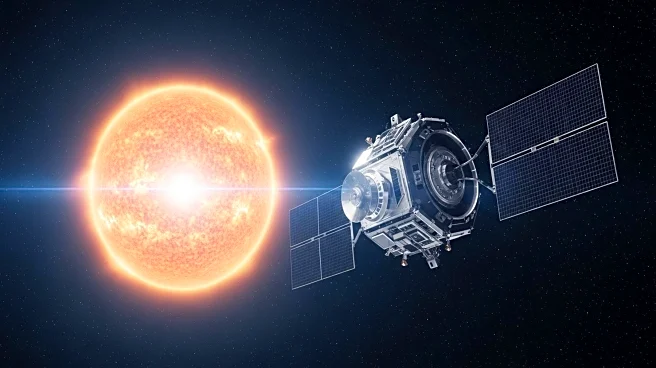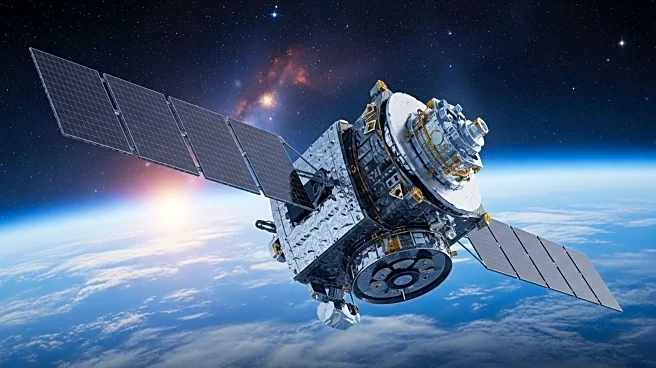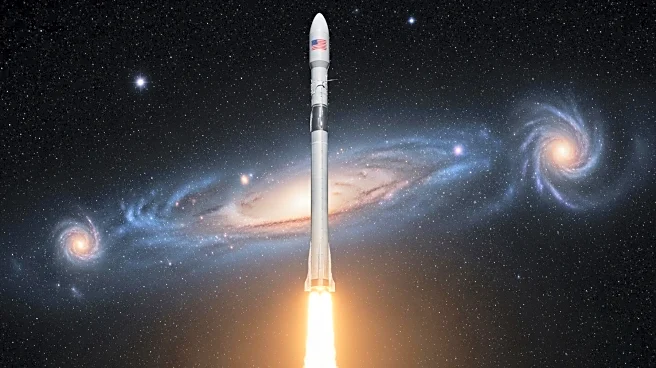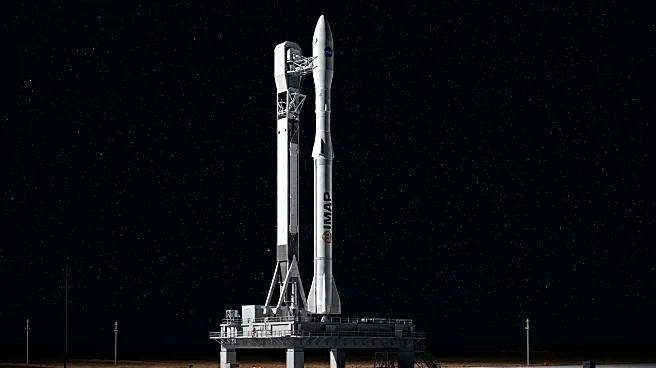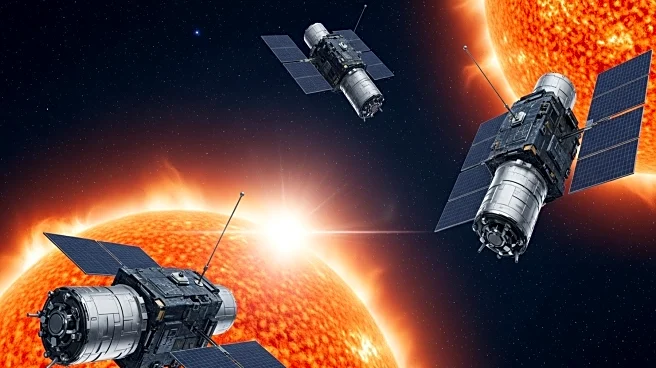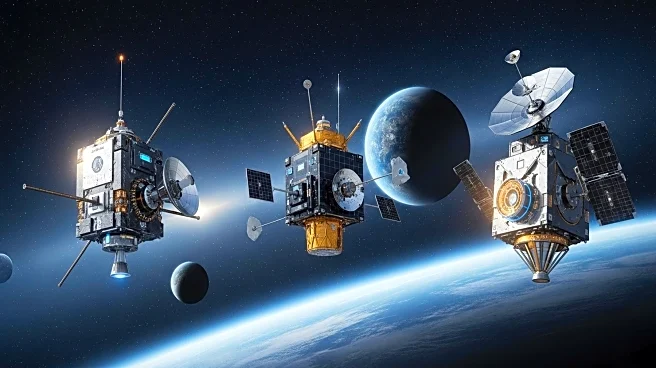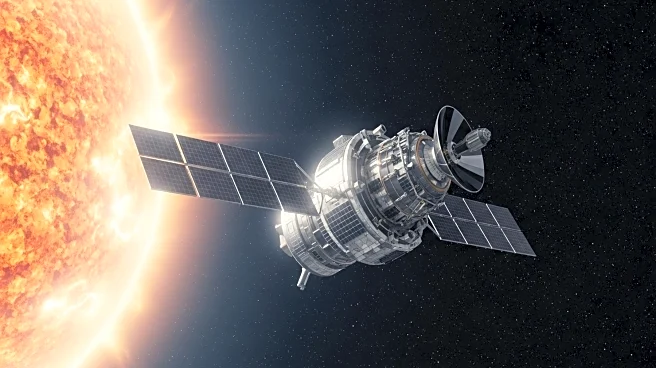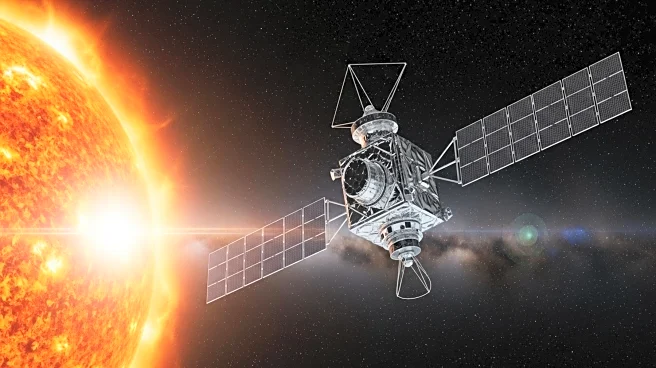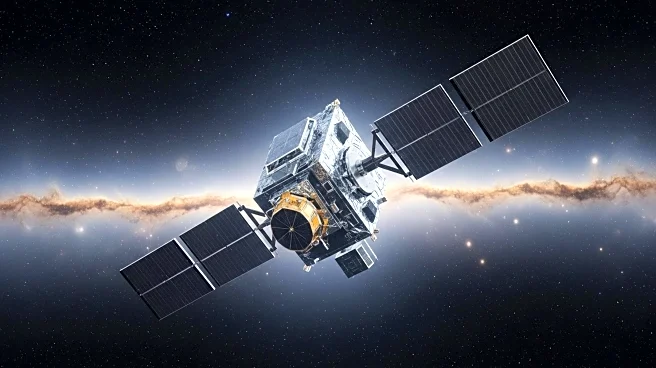What's Happening?
NASA's Interstellar Mapping and Acceleration Probe (IMAP) mission, along with two other collaborative missions, has launched to study the heliosphere and improve space weather forecasting. IMAP will map the heliosphere, the protective bubble formed by the Sun, and study how cosmic rays interact with it. The mission aims to provide early warnings for solar storms, enhancing the safety of satellites and astronauts. IMAP will operate from the Lagrange 1 point, offering a stable vantage point for continuous observation.
Why It's Important?
The IMAP mission is crucial for understanding the heliosphere's role in protecting the solar system from cosmic radiation. By improving space weather forecasting, the mission can help prevent damage to satellites and other space assets. The data collected will also contribute to our understanding of the Sun's influence on the solar system, aiding future space exploration efforts. The mission's success could lead to more accurate predictions of space weather events, reducing risks for space missions and infrastructure.
What's Next?
IMAP will work in conjunction with the Space Weather Follow-on (SWFO-L1) spacecraft and the Carruthers Geocorona Observatory to provide comprehensive data on Sun-Earth interactions. The missions will share a common interest in studying the effects of solar activity on Earth's environment. The collaboration between these missions could lead to significant advancements in space weather forecasting and our understanding of the heliosphere.

